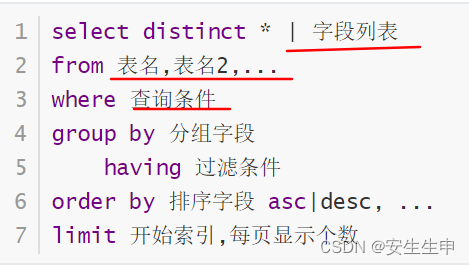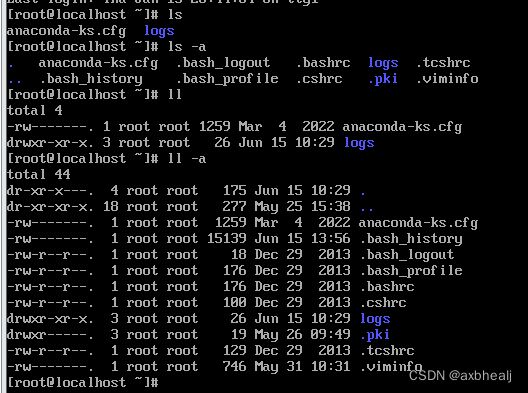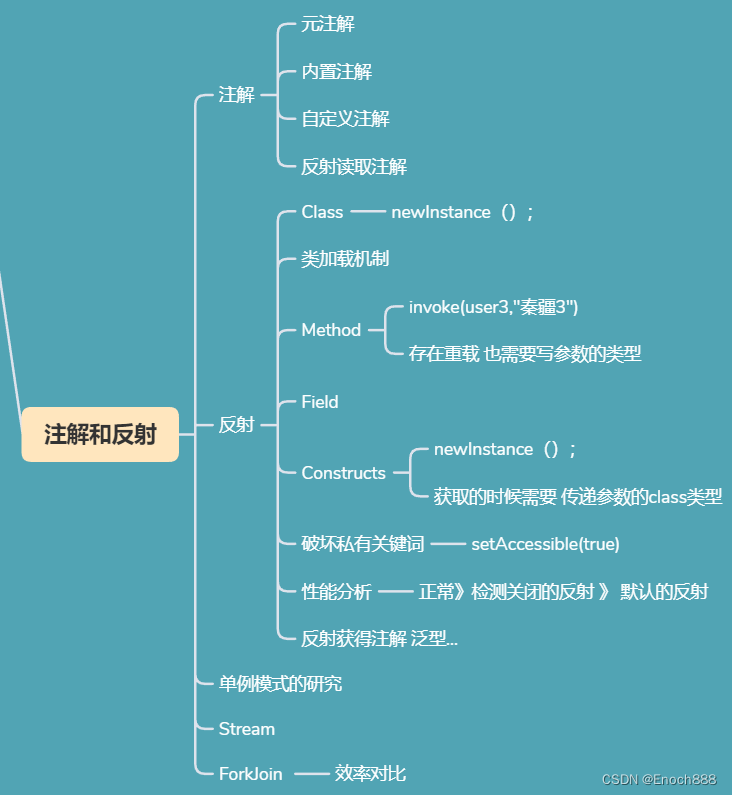随想录日记part16
t i m e : time: time: 2024.03.11
主要内容:今天的主要内容是二叉树的第五部分,主要涉及最大二叉树;合并二叉树;二叉搜索树的搜索;验证二叉搜索树。
- 654.最大二叉树
- 617.合并二叉树
- 700.二叉搜索树中的搜索
- 98.验证二叉搜索树
Topic1最大二叉树
题目:
给定一个不重复的整数数组 n u m s nums nums 。 最大二叉树可以用下面的算法从 n u m s nums nums 递归地构建:
- 创建一个根节点,其值为 n u m s nums nums 中的最大值。
- 递归地在最大值左边的数组前缀上构建左子树。
- 递归地在最大值右边的子数组后缀上构建右子树.
返回 nums 构建的 最大二叉树 。
示例:
输入:
n
u
m
s
=
[
3
,
2
,
1
,
6
,
0
,
5
]
nums = [3,2,1,6,0,5]
nums=[3,2,1,6,0,5]
输出:
[
6
,
3
,
5
,
n
u
l
l
,
2
,
0
,
n
u
l
l
,
n
u
l
l
,
1
]
[6,3,5,null,2,0,null,null,1]
[6,3,5,null,2,0,null,null,1]
思路:
最大二叉树的构建过程如下:
构造树一般采用的是前序遍历,因为先构造中间节点,然后递归构造左子树和右子树。
- 确定递归函数的参数和返回值
TreeNode constructMaximumBinaryTree(int[] nums)
- 确定终止条件
// 1,如果数组大小为0,说明为空节点;
if (begin >= end) return null;
- 确定单层递归的逻辑:1.先要找到数组中最大的值和对应的下标;2,最大值所在的下标左区间 构造左子树;3.最大值所在的下标右区间 构造右子树
// 2.找出其中最大值对应的索引
int index = MaxValueIndex(nums, begin, end);
TreeNode tem = new TreeNode(nums[index]);
//3.最大值所在的下标左区间 构造左子树
tem.left = createMaxTree(nums, begin, index);
//4.最大值所在的下标右区间 构造右子树
tem.right = createMaxTree(nums, index + 1, end);
总体代码如下:
class Solution {
public TreeNode constructMaximumBinaryTree(int[] nums) {
return createMaxTree(nums, 0, nums.length);
}
private TreeNode createMaxTree(int[] nums, int begin, int end) {// 左闭右开
// 1,如果数组大小为0,说明为空节点;
if (begin >= end)
return null;
// 2.找出其中最大值对应的索引
int index = MaxValueIndex(nums, begin, end);
TreeNode tem = new TreeNode(nums[index]);
tem.left = createMaxTree(nums, begin, index);
tem.right = createMaxTree(nums, index + 1, end);
return tem;
}
private int MaxValueIndex(int[] nums, int begin, int end) {// 查找最大值的对应索引的函数
int maxKey = -1;
int maxValue = Integer.MIN_VALUE;
for (int i = begin; i < end; i++) {
if (nums[i] > maxValue) {
maxValue = nums[i];
maxKey = i;
}
}
return maxKey;
}
}
Topic2合并二叉树
题目:
给你两棵二叉树: r o o t 1 root1 root1 和 r o o t 2 root2 root2 。
想象一下,当你将其中一棵覆盖到另一棵之上时,两棵树上的一些节点将会重叠(而另一些不会)。你需要将这两棵树合并成一棵新二叉树。合并的规则是:如果两个节点重叠,那么将这两个节点的值相加作为合并后节点的新值;否则,不为 n u l l null null 的节点将直接作为新二叉树的节点。返回合并后的二叉树。
注意: 合并过程必须从两个树的根节点开始。

输入:
r
o
o
t
1
=
[
1
,
3
,
2
,
5
]
,
r
o
o
t
2
=
[
2
,
1
,
3
,
n
u
l
l
,
4
,
n
u
l
l
,
7
]
root1 = [1,3,2,5], root2 = [2,1,3,null,4,null,7]
root1=[1,3,2,5],root2=[2,1,3,null,4,null,7]
输出:
[
3
,
4
,
5
,
5
,
4
,
n
u
l
l
,
7
]
[3,4,5,5,4,null,7]
[3,4,5,5,4,null,7]
思路:
使用前序遍历的方法构建,其动画如下:
- 确定递归函数的参数和返回值
TreeNode mergeTrees(TreeNode root1, TreeNode root2)
- 确定终止条件
if (root1 == null && root2 == null)
return null;
if (root1 == null && root2 != null)
return root2;
if (root1 != null && root2 == null)
return root1;
- 确定单层递归的逻辑:创建一个新的节点来记录。
TreeNode root = new TreeNode(root1.val + root2.val);
root.left = mergeTrees(root1.left, root2.left);
root.right = mergeTrees(root1.right, root2.right);
总体代码如下: 递归法:
class Solution {
public TreeNode mergeTrees(TreeNode root1, TreeNode root2) {
if (root1 == null && root2 == null)
return null;
if (root1 == null && root2 != null)
return root2;
if (root1 != null && root2 == null)
return root1;
TreeNode root = new TreeNode(root1.val + root2.val);
root.left = mergeTrees(root1.left, root2.left);
root.right = mergeTrees(root1.right, root2.right);
return root;
}
}
Topic3二叉搜索树中的搜索
题目:
给定二叉搜索树( B S T BST BST)的根节点 r o o t root root 和一个整数值 v a l val val。你需要在 B S T BST BST 中找到节点值等于 v a l val val 的节点。 返回以该节点为根的子树。 如果节点不存在,则返回 n u l l null null 。
示例:
输入:
r
o
o
t
=
[
4
,
2
,
7
,
1
,
3
]
,
v
a
l
=
2
root = [4,2,7,1,3], val = 2
root=[4,2,7,1,3],val=2
输出:
[
2
,
1
,
3
]
[2,1,3]
[2,1,3]
思路:
递归法:直接递归就行,不难。
class Solution {
public TreeNode searchBST(TreeNode root, int val) {
if (root == null)
return null;
if (root.val == val)
return root;
else {
TreeNode left = searchBST(root.left, val);
TreeNode right = searchBST(root.right, val);
if (left != null)
return left;
else
return right;
}
}
}
Topic4验证二叉搜索树
题目:
给你一个二叉树的根节点 root ,判断其是否是一个有效的二叉搜索树。有效 二叉搜索树定义如下:
- 节点的左子树只包含小 当前节点的数。
- 节点的右子树只包含大于当前节点的数。
- 所有左子树和右子树自身必须也是二叉搜索树。
示例:
输入:
r
o
o
t
=
[
5
,
1
,
4
,
n
u
l
l
,
n
u
l
l
,
3
,
6
]
root = [5,1,4,null,null,3,6]
root=[5,1,4,null,null,3,6]
输出:
f
a
l
s
e
false
false
解释: 根节点的值是
5
5
5 ,但是右子节点的值是
4
4
4
思路:
中序遍历是符合二叉搜索树的查找规则的。
- 确定递归函数的参数和返回值
boolean isValidBST(TreeNode root)
- 确定终止条件
if (root == null) return true;
- 确定单层递归的逻辑:中序遍历,一直更新 $max%,一旦发现 m a x . v a l > = r o o t . v a l max.val>= root.val max.val>=root.val,就返回 f a l s e false false,注意元素相同时候也要返回 f a l s e false false。
// 左
boolean left = isValidBST(root.left);
if (left != true)
return false;
// 中
if (max != null && max.val >= root.val)
return false;
max = root;
// 右
return isValidBST(root.right);
整体的代码如下:
class Solution {
TreeNode max;
public boolean isValidBST(TreeNode root) {
if (root == null)
return true;
// 中序遍历
// 左
boolean left = isValidBST(root.left);
if (left != true)
return false;
// 中
if (max != null && max.val >= root.val)
return false;
max = root;
// 右
return isValidBST(root.right);
}
}






















